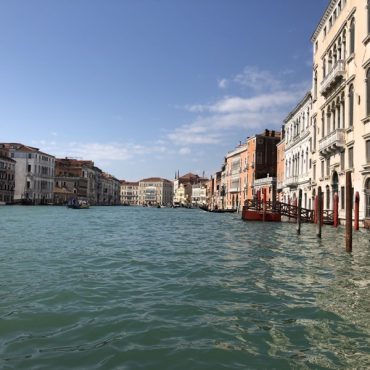In the last few years I’ve discovered that I really like cold, dark places in the winter. I love a bit of winter sun too, but I had not gone down the mainstream tourist route for several winters pre-2020.
Remote winter locations take on a magic all of their own – and seeing streams of car headlights reflected in puddles bordering on lakes, in pitch black darkness approaching 11am in the morning, is a cool kind of weird. And it is probably weird to the majority – at least based on the number of people on my flight to the Faroe Islands (fewer than 10 on a full-size aircraft) and the look I got from the person on the tarmac after we arrived, when they asked if I was here on business and I explained I was there because I wanted to be. I wrote about that particular experience – including a spectacular drive up to the mountains – in Good Motoring.
One of the common themes in planning these trips with a travel buddy has been the Northern Lights – aka the Aurora Borealis – one of the most awe-inspiring natural phenomena on Earth. They are usually visible in the northern hemisphere, in countries at high latitudes.
On all occasions – Iceland, Shetland, the Faroes and Helsinki (that last one was a bit of a long shot) – it’s just gone wrong. I know that luck, good timing and perseverance are all needed, but you would think I could have had a glimpse by now. Shetland included a particular kick in the teeth: on arrival the clouds came and wouldn’t leave, but when making casual conversation at a local library, we were told “The Lights? Oh, you should have been here last night – they were amazing!” In technical terms: grrrr.
So it was particularly galling to hear that the Northern Lights had visited the UK last week. Not just the top of the UK but “as far south as Kent and Cornwall”. So pretty much the entire UK, then. I am happy for everyone who enjoyed them but a little bit of me is sad that I still wasn’t in the right place at the right time, even though being in the right place involved going nowhere. Was I being taunted? Technically not, I suppose, but it would have been nice just to have had a minute or two to balance out all the failed attempts.
Last week’s events got me wondering about other occasions when the Northern Lights have been spotted far further south than they are usually visible.
It turns out that one such occasion was on 13 March 1989 when a powerful geomagnetic storm hit Earth. The Northern Lights were visible as far south as Texas and Florida in the US. The storm caused widespread power outages in Quebec, Canada, and disrupted satellite communications across the world. This event was a reminder of the power of our sun and it raised a bit more awareness of “space weather”.
Another instance of the Northern Lights being visible far south was on 9 November 2004. US coverage included sightings in Indiana, Ohio, and Maryland. This event was caused by a solar flare, which released a burst of charged particles that interacted with the Earth’s magnetic field.
In January 2012, the Northern Lights were visible as far south as Italy and Croatia. This event was caused by a coronal mass ejection, which is a large cloud of charged particles that is ejected from the sun’s corona. The ejection hit the Earth’s magnetic field, causing a geomagnetic storm that created a stunning display of the Northern Lights. The lights were visible even in cities with light pollution, such as Rome and Venice.
One of the popular UK reports was on 17 March 2015. The solar storm resulted in the Lights being seen as far south as the North of England.
A bit of background for the uninitiated:
The Northern Lights are caused by charged particles from the sun colliding with the Earth’s magnetic field. These particles are usually deflected by the magnetic field and directed towards the Earth’s poles, where they interact with the atmosphere to create the Northern Lights.
However, sometimes the Earth’s magnetic field is disturbed by events on the sun, such as solar flares or coronal mass ejections. These events can cause a sudden influx of charged particles that interact with the Earth’s magnetic field, creating a geomagnetic storm. When this happens, the Northern Lights can be visible much further south than usual.
If you were lucky to see them in the last couple of weeks, or if you catch them next time it happens, do take a moment to appreciate the wonder of our planet and the space around us – and please leave it a few days before you let me know.




